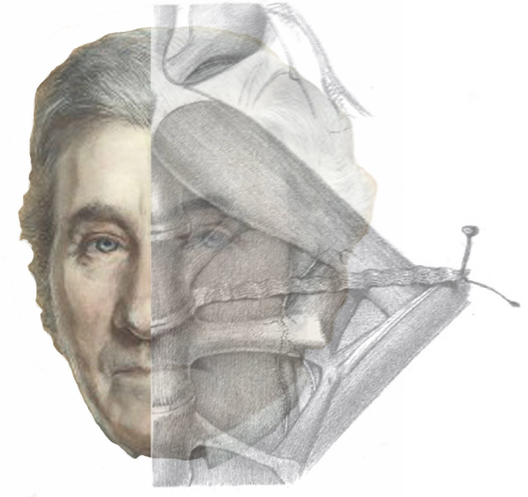Marshall Hall1790–1857
Distinctions between voluntary and involuntary actions had long been entertained, but the differences between them were difficult to interpret. Descartes speculated and illustrated the circuits between nerves and muscles that could result in actions like withdrawing the hand from a fire. Such speculations were replaced by experimental evidence of reflex actions by Hall. He was born near Nottingham and received his medical education in Edinburgh. He carried out experiments which provided the basis for reflex action. The initial idea derived from a chance observation: “I was first struck with the phenomena of the reflex function of the spinal marrow in the separated tail of an eft [a newt]. On being excited by the point of a needle passed lightly over its surface, it contracted and moved as if it still formed a part of an entire animal”. Similarly, in his Lectures (1836) he noted: “It is clearly proved that the influence of the stimulus is carried along an excitor or incident nerve, to the medulla oblongata or medulla spinalis, and that it is reflected thence along other reflex or motor nerves. The incident excitor nerves, the medulla, and the reflex motor nerves, constitute the system”. The cerebrum was not considered to be involved in the reflexes and Hall did not think that it was subject to the same principles. In contrast to the reflex action at the spinal level, he argued that the cerebrum was involved in sensation and volition. Hall is shown together with an illustration from his essay on the circulation of the blood: “This Plate displays the course of the artery seen to pulsate after the removal of the heart, in the frog and toad”.
